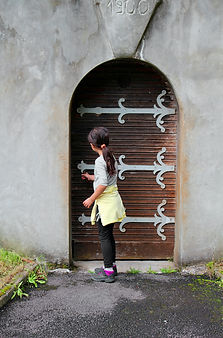
Greetings at Every Door: Fostering Connection and Belonging
A strategy to support young people with feeling safe, seen, heard, and to feel a sense of belonging.
Spending a few moments welcoming youth promotes a sense of belonging, giving them social and emotional support that helps them feel invested in their learning.

Greeting youth at the door helps set a positive tone for the rest of the day, promoting their sense of belonging, boosting their academic engagement, and reducing disruptive behavior.
Spending a few moments welcoming
youth promotes a sense of belonging, giving them social and emotional support that helps them feel invested in their learning.
STRATEGIES

HAND
SHAKE

FIST
BUMP

SMILE
RESEARCH
Research on greeting + ‘pre-corrective reminder’
-
1st: greet with handshake/eye contact
-
2nd: pre-corrective reminder (we’re going to start today with…so please…)
Findings: Time on task went from the high-50% to more than 80% of the time.
Disruptive behaviors fell from ~15% to less than 5% of the time.
Waldorf child-centered-educational-model
Intention is to make eye contact and speak out a student’s name to establish a relationship and convey a message of being “seen”. In this, teachers can assess how the child is doing based by their grip, their energy, and how they may show up to know how best to serve each child.
Edutopia
Mentions: helps to focus the chaotic transition, models good behavior, reduces disruptive behaviors
Effects of Teacher Greetings on Student On-Task Behavior
Findings: Increased student on task behavior from 45% to 72%
Limitation: only 3 middle school students
Positive Greetings at the Door: Evaluation of a Low-Cost, High-Yield Proactive
Classroom Management Strategy
Findings: Increases engagement and decreases disruptive behaviors
